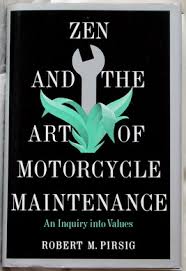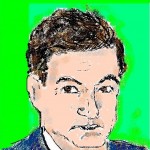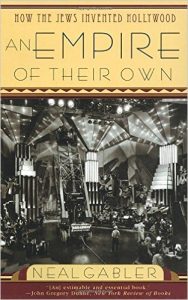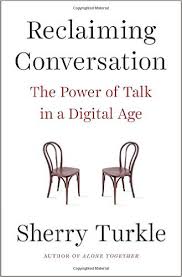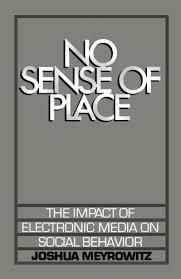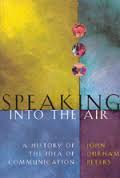There’s near unanimity in the literature on comprehension that critical thinking and accurate listening decline when we fragment our attention.
Fall’s quicker pace in the school and workplace offers the chance for a timely remember that some work habits are self-defeating. In terms of attention to detail, perhaps nothing exacts a higher price than the belief that we can do several things at once.
As I’ve noted in this space before, the fundamental problem is that no one is good at multitasking. We are simply not wired to fully deal with a variety of stimuli at once. We may think otherwise. But how often do you hear someone else offering reminders that suggest our attention was elsewhere? “I told you that yesterday,” “You must have missed it,” or “You left some important things in that email” all serve as useful indicators.
In computer terms, we are better at serial processing than parallel processing. Technology writer Nicholas Carr explains why our brains cannot successfully process more than a few competing bits of information:
There’s near unanimity in the literature on comprehension that critical thinking and listening declines when we fragment our attention. To put it simply, multitasking makes us just a little bit stupid. As researcher Clifford Nass famously noted, multitaskers are “suckers for irrelevancy.” Because “everything distracts them,” their intellectual performance on important tasks deteriorates. Sometimes the person addicted to a digital stew of stimuli is the last to know that they have become functionally impaired.
It’s a common mistake to assume that being “busy” means being “fully engaged.” We perform our busyness as a badge of honor. But it’s closer to the truth to conclude that the more we structure lives to include distractions, the less we are able to get past this self-induced noise that complicates the completion of an important task.
Try a simple experiment. Read your email or a series of text-messages while also listening to someone explain how to get to an address on the other side of town. No GPS device allowed. An active and full-time listener will probably process the directions correctly, or ask questions until they have the mental map they need. The split-time listener is more likely to end up lost, often compounding their distraction by calling from from a moving car to get new directions. Alas, that makes things even worse. Distracted driving is a form of multitasking that kills more pedestrians each year.
Look for models in those from all walks of life who still have the will to engage with one thing for an extended period. These linear thinkers may be younger readers happily caught in the thrall of a writer or literary genre; newspaper consumers who will follow an investigative story across three pages of a broadsheet; or the curious who are in the thrall of a speaker or performer over a sustained period of time. To be sure, these individuals increasingly seem to be outliers. We now tend to notice an “unusual” passion for thirsty listening, ‘doing’ or reading. These linear thinkers are now much more out of the norm, different from the rest of us swamped in a clutter of trivia.
![]()


